Costa Rican musicians Chopin Coffee beans Chopin Coffee beans how to make them taste good

Professional coffee knowledge exchange more coffee bean information please follow the coffee workshop (Wechat official account cafe_style)
If you want to talk about the relationship between music and coffee, what you can talk about is the leisure enjoyment that belongs to your life. But can you imagine that some people name coffee beans after famous musicians, and there are not one but four, all world-famous musicians. This is the series of coffee made by musicians from Costa Rica. Are you interested to know?
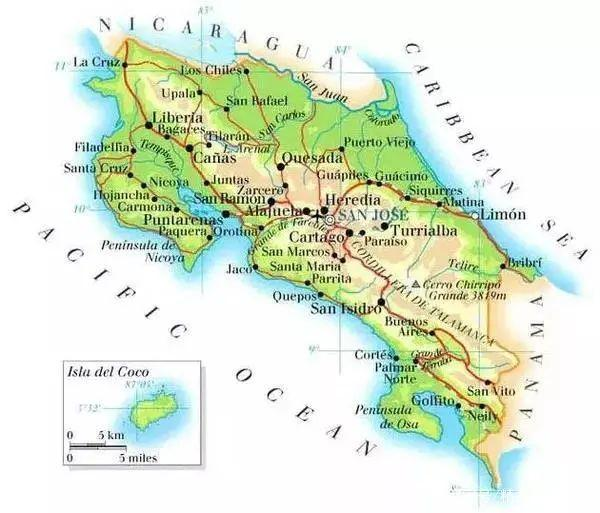
Costa Rica, located in the Central American isthmus, is controlled by Pacific and Atlantic currents and sea breezes at the same time, and there are many towering volcanoes up to 2000 meters above sea level. Coffee berries are able to grow slowly in the fertile volcanic ash soil and cool environment at high altitude, giving birth to coffee beans with complete and rich flavor.
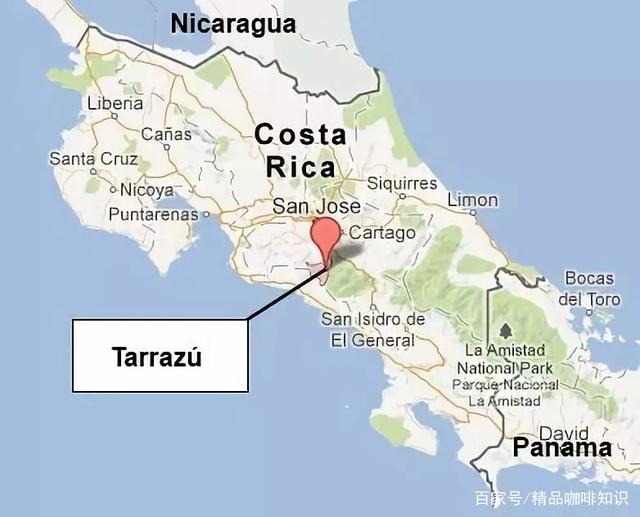
| | production area description |
Costa Rica, located in the Central American isthmus, is controlled by Pacific and Atlantic currents and sea breezes at the same time, and there are many towering volcanoes up to 2000 meters above sea level. Coffee berries are able to grow slowly in the fertile volcanic ash soil and cool environment at high altitude, giving birth to coffee beans with complete and rich flavor.
Costa Rica can be divided into two seasons a year. The dry season is from December to April, the coffee harvest is from December to April, and the wet (rainy) season is from May to November. In recent years, micro-treatment plants have been established, and since the water consumption is only 5% of that of traditional washing plants, and does not require huge sinks and exposure fields, the investment required is relatively small. The "honey-treated coffee" with low acidity, high complexity and strong sweet flavor has become the target of competition in the coffee industry in recent years.
Coffee was grown in Costa Rica two hundred years ago, first on the slopes of the Poas and Barva volcanoes, now known as the Central Valley. At present, Costa Rica has eight main producing areas: West Valley in the western valley, Central Valley in the central valley, Tarrazu in Tarazu, Tres Rios in Sanhe, Orosi in Europe, Brunca in Brenka, Duli Alba Turrialba and Guanacaste in Guanacaster.
Tarrazu is one of the main coffee producers here. Tarazhu production area also has a certain history of coffee production, has been favored and recognized by the British royal family, and even praised in the Pope's speech.
Costa Rica can be divided into two seasons a year. The dry season is from December to April, the coffee harvest is from December to April, and the wet (rainy) season is from May to November. In recent years, micro-treatment plants have been established, and since the water consumption is only 5% of that of traditional washing plants, and does not require huge sinks and exposure fields, the investment required is relatively small. The "honey-treated coffee" with low acidity, high complexity and strong sweet flavor has become the target of competition in the coffee industry in recent years.
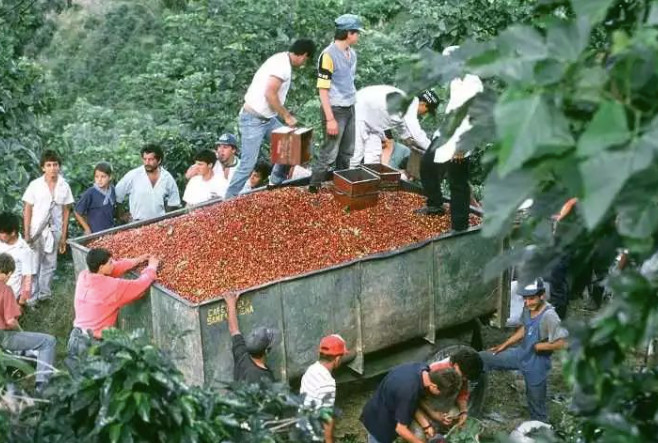
| Canet Carnett Manor
Costa Rican Chopin is also from Carnett Manor, which mainly grows passion fruit and only divides a small part of the area to grow coffee, so this part of the coffee has received special care. Costa Rican Chopin has a rose-sweet smell, a sweet and sour balance between raisins and white wine, with a hint of Anxi Tieguanyin Tea!
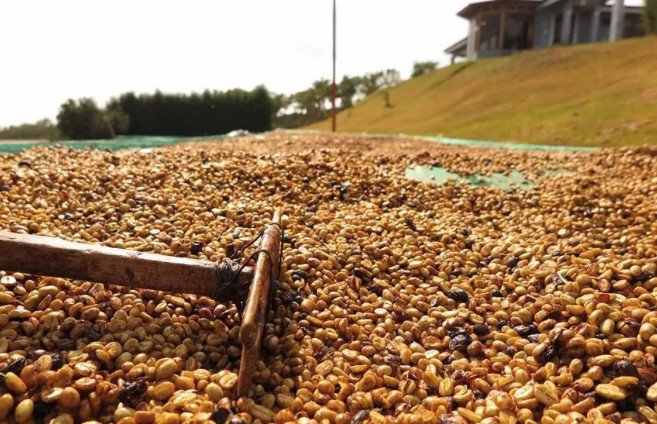
| | treatment of raisin honey |
Raisin honey treatment is a kind of double fermented honey treatment. On the day the coffee cherry is harvested, the coffee fruit is poured into a big water tank, and the ripe and full fruit will sink to the bottom of the water. Underdeveloped or overripe fruits will surface, and the floating beans need to be removed, the screened coffee fruits will be placed on an elevated bed to dry into raisins, then the pulp and peel will be removed and the pectin will be retained before drying.
In the flavor, the fermentation flavor will be more rich, the flavor level is also more rich and full, and the pectin preservation is higher than other honey treatments, in the drying process to constantly flip these coffee cherries to make the drying uniform, but to grasp the flipping frequency, to slowly dry to ensure that the coffee has fermentation treatment, but not too slow to appear excessive fermentation.
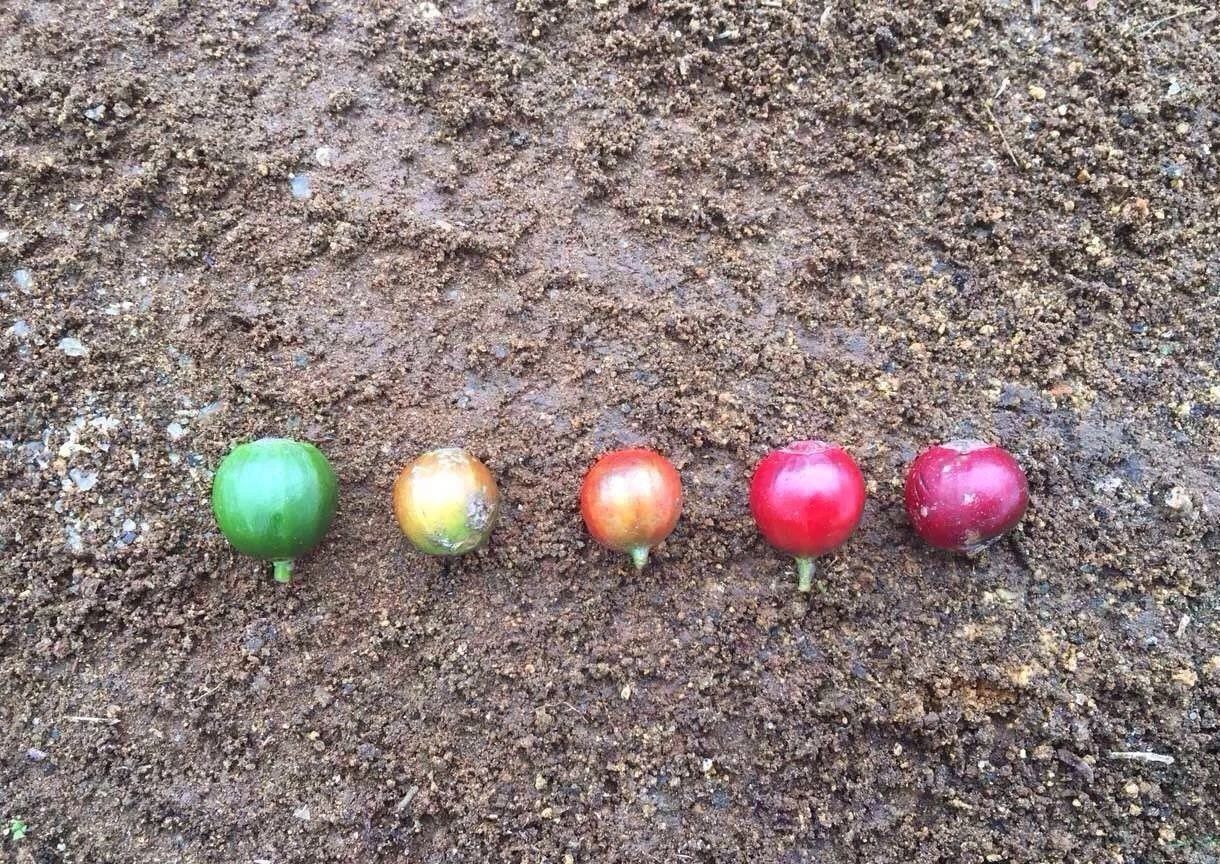
| | Variety (Huang Kaduai) |
Yellow Catuai; Catuai Amarillo, a hybrid of Mundo Novo and Kaddura, was first bred by the Brazilian Institute of Agricultural Research (Instituto Agronomico de Campinas) in 1949. Huangkaduai, like Red Kaduai (Red Catuai,Catuai Rojo), has extremely high disease resistance and is suitable for planting in high-altitude, windy areas. Both kinds of Catuai also have a delicate and clean sour taste. When observing raw beans, the beans show turquoise, with a strong aroma of tea and a hint of fermentation.
The Costa Rican Carnett musicians series includes Mozart, Beethoven and Bach Coffee. Just this year, the Costa Rican musicians series added a new coffee bean called Chopin, which is different from other flavors. This Chopin bean has obvious rose fragrance and outstanding sweetness.
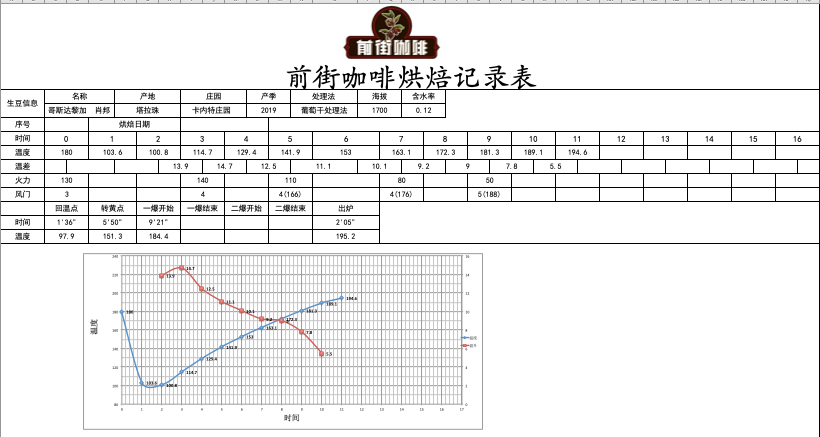
| baking analysis
Baking machine Yangjia 800N semi-direct fire (baking capacity 300g)
Preheat the furnace temperature to 180℃ and put it into the pot. Adjust the fire to 130 ℃, open the damper to 3 ℃, and keep the fire at 1 36". When the fire temperature is 140℃, the damper is opened to 4 ℃. 5 20"turns yellow, grass smell disappears, enters dehydration stage, 166℃ when the fire is lowered to 110, damper remains 4." At 176℃, adjust the fire power to 80, and the throttle remains unchanged.
8 15"dehydration is complete, the bean surface appears wrinkles and black stripes, toast flavor to coffee fragrance, for a prelude to explosion, then pay attention to listen to the sound of an explosion. At 9 - 21, one blast, throttle open five, constant fire. After explosion, the development time is 205 "and the temperature is 195.2℃.
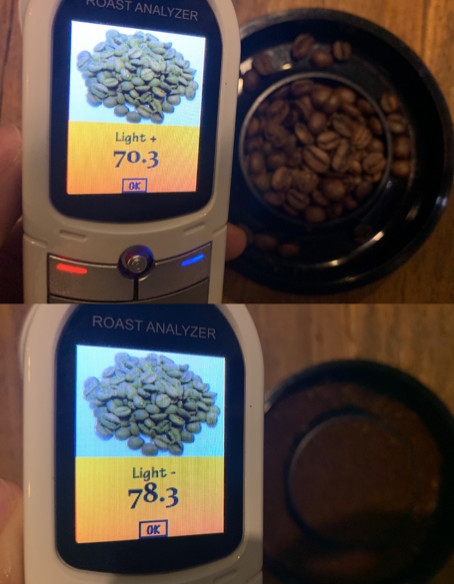
The Agtron bean color value is 70.3 (above), the Agtron pink value is 78.3 (bottom), and the Roast Delta value is 8.
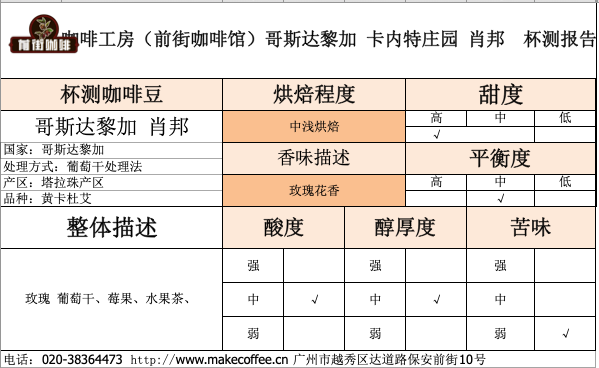
| | Cup test |
Flavor: rose, raisin, berry, fruit tea
| | suggestion for making and cooking |
With regard to this bean, Qianjie coffee is suggested to be made by hand.
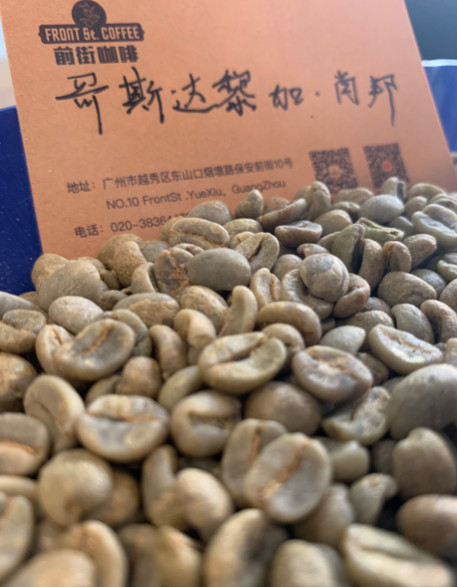
Chopin of Carnett Manor in Costa Rica
Producing area: Tarazhu
Variety: Huang Kaduai
Altitude: 1700m
Treatment: raisin honey treatment
Filter cup: Hario V60
Water temperature: 90-92 ℃
Powder / water ratio: 1:15
Degree of grinding: medium and fine grinding (BG6M: 58% pass rate of Chinese standard No. 20 screen)
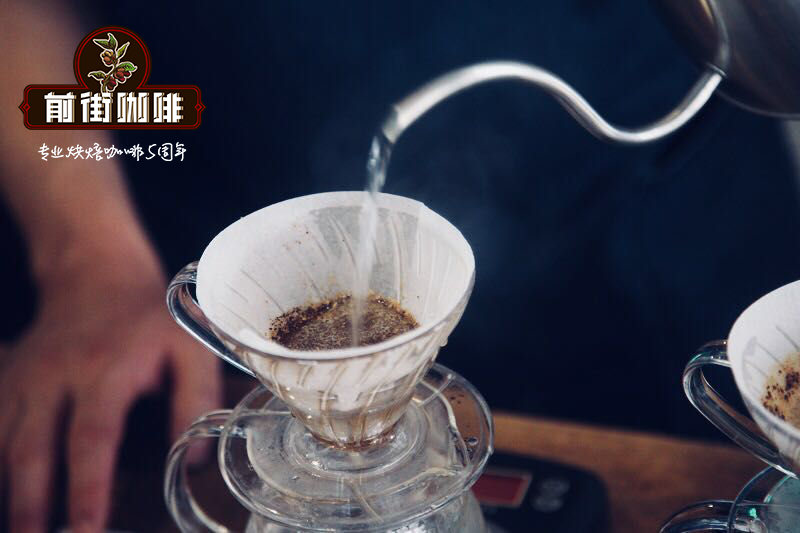
Brewing method: staged extraction
Steaming with 30g water for 30s, injecting water in a circle to 125g with small water flow, stopping injecting water to 228g when the water level drops and exposing the powder bed, removing the filter cup when the water level drops and exposing the powder bed, and extracting for 1.56 ".
Flavor: Use 92℃ water temperature to brew this Chopin. The citrus acid and tea feel at the entrance are obvious. The berry, slightly lower temperature has a strong fermentation fragrance, and the sweet feeling staying between lips and teeth is more lasting; Use 90℃ water temperature to brew, the rose aroma is more prominent. There are raisins and tea at the entrance. The temperature is slightly lower. There is fermentation fragrance. The taste is smoother and the sweet feeling is more obvious.
END
Important Notice :
前街咖啡 FrontStreet Coffee has moved to new addredd:
FrontStreet Coffee Address: 315,Donghua East Road,GuangZhou
Tel:020 38364473
- Prev

Why is cold-extracted coffee popular? how about cold-extracted coffee? how to make cold-extracted coffee?
Professional coffee knowledge exchange more coffee bean information please follow the coffee workshop (Wechat official account cafe_style) what is the cold coffee? Why do so many people want a cup of cold coffee? What is the charm of cold coffee? In the end, what is the difference between cold extract and other coffee? It's good. where is it? How is a cup of authentic cold extract made? Drink ice
- Next

The difference between the grinding thickness and fine scale of hand-brewed coffee powder? The thickness and reference standard of hand-made coffee powder?
Professional coffee knowledge exchange more coffee bean information Please follow the coffee workshop (Wechat official account cafe_style) people who like coffee will want to learn to make coffee at home, and hand-brewing coffee is the most suitable way to brew at home, there is also a problem with brewing coffee at home, the water temperature can be measured.
Related
- Detailed explanation of Jadeite planting Land in Panamanian Jadeite Manor introduction to the grading system of Jadeite competitive bidding, Red bid, Green bid and Rose Summer
- Story of Coffee planting in Brenka region of Costa Rica Stonehenge Manor anaerobic heavy honey treatment of flavor mouth
- What's on the barrel of Blue Mountain Coffee beans?
- Can American coffee also pull flowers? How to use hot American style to pull out a good-looking pattern?
- Can you make a cold extract with coffee beans? What is the right proportion for cold-extracted coffee formula?
- Indonesian PWN Gold Mandrine Coffee Origin Features Flavor How to Chong? Mandolin coffee is American.
- A brief introduction to the flavor characteristics of Brazilian yellow bourbon coffee beans
- What is the effect of different water quality on the flavor of cold-extracted coffee? What kind of water is best for brewing coffee?
- Why do you think of Rose Summer whenever you mention Panamanian coffee?
- Introduction to the characteristics of authentic blue mountain coffee bean producing areas? What is the CIB Coffee Authority in Jamaica?

